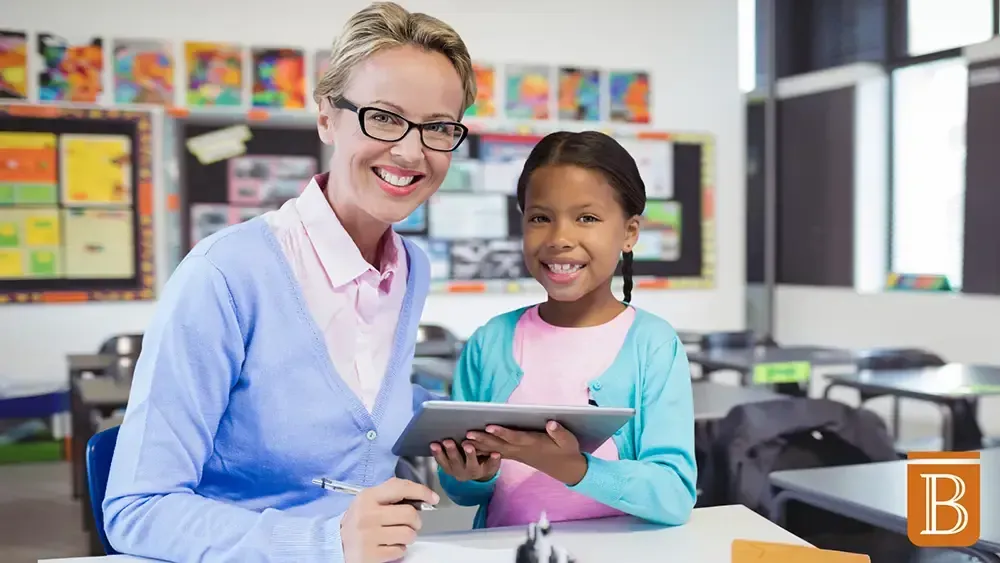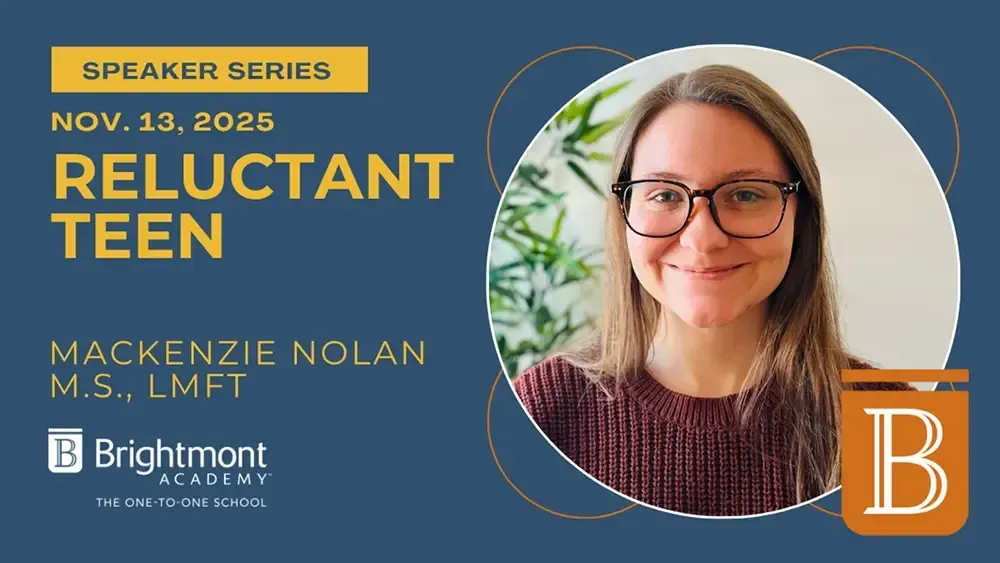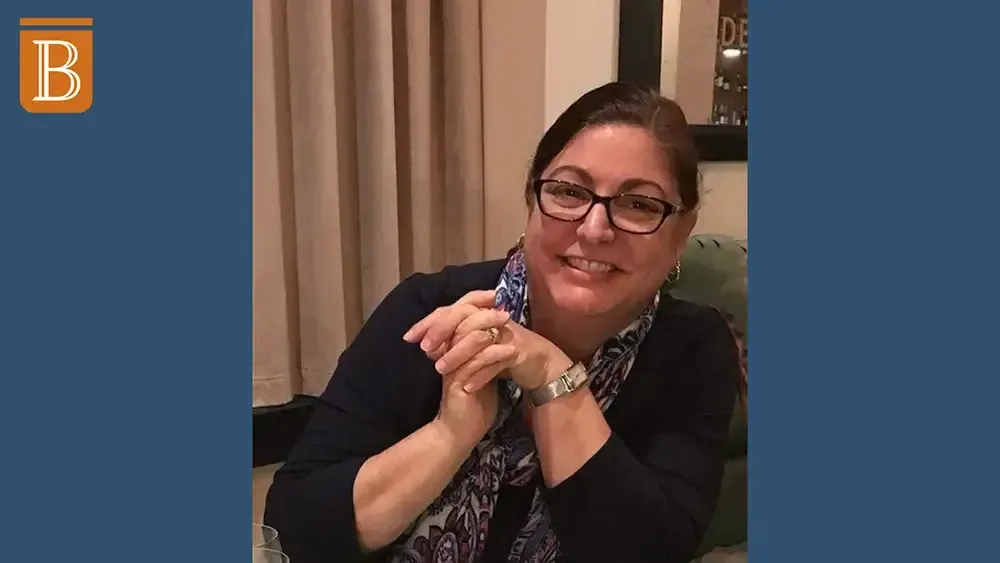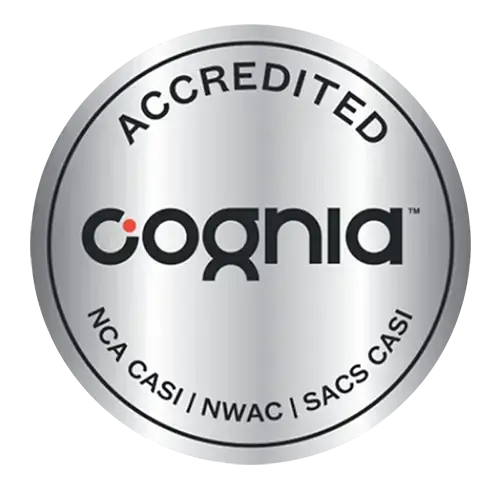Barbara Farland is an English & Social Studies instructor at Brightmont Academy in Plymouth, Minn. She holds a master’s degree in Business Communication from the University of St. Thomas and, prior to pursuing a second career in education, worked as an award-winning public relations and communications professional in both the corporate and nonprofit sectors. As a “storyteller by nature and teacher at heart,” Barbara continues to contribute to various anthologies, among other writing projects.
The Top Benefits of One-to-One Education for Middle and High School Students
The Top Benefits of One-to-One Education for Middle and High School Students
It’s true that one-to-one education is not the standard nowadays. In turn, many parents question if it is indeed the right choice for their middle and high school students. After closer examination, however, the same families often make the switch. Why? After weighing all of their options, they notice five important benefits of one-to-one schooling: environment, student care, engagement, communication, and mastery.
Environment
The school environment is a big reason why families look into different schools. Perhaps their children got caught up in the wrong crowd. Perhaps they were bullied. Perhaps all of the noise and distractions in class made it hard to concentrate on the work at hand. No matter the specific reasons behind families’ decisions, a traditional school environment compared to a one-to-one school is like night and day.
Having fewer students to manage is just one thing that makes the one-to-one environment more appealing. Families also appreciate how the environment can be tailored to the specific needs and preferences of students. At Brightmont Academy, for example, lighting and sound can be adjusted for students with ADHD to keep overstimulation at bay.
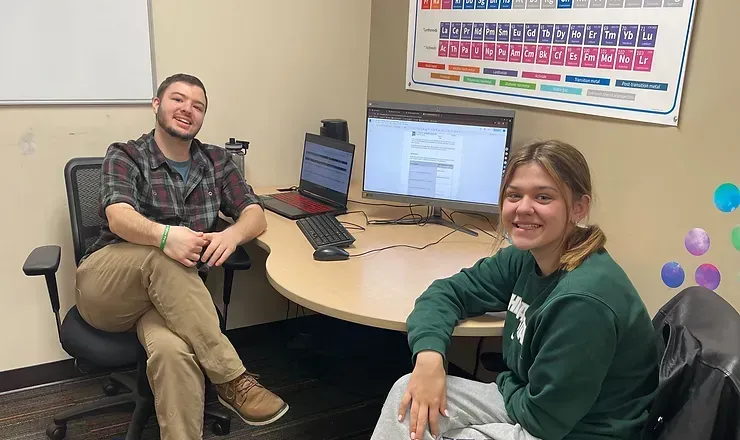
Speaking of personal preferences, this naturally leads to the next noticeable benefit of one-to-one schooling: student care…
Student Care
Student care is actually one of the six core values of Brightmont, which is known as “the one-to-one school.” At Brightmont, student care means “understanding the ‘whole’ child and honoring each individual’s interests, learning style, and personality.”
Perhaps traditional schools agree that such efforts are important in delivering top-notch teaching, but can they really accomplish quality student care with so many students vying for their attention? The answer is clear: No, they simply can’t. In positive contrast, student care is central to the Brightmont experience. At Brightmont, students are much more likely to feel known, heard, and understood by all of their teachers in an academic sense, a relational sense, and an all-around holistic sense.
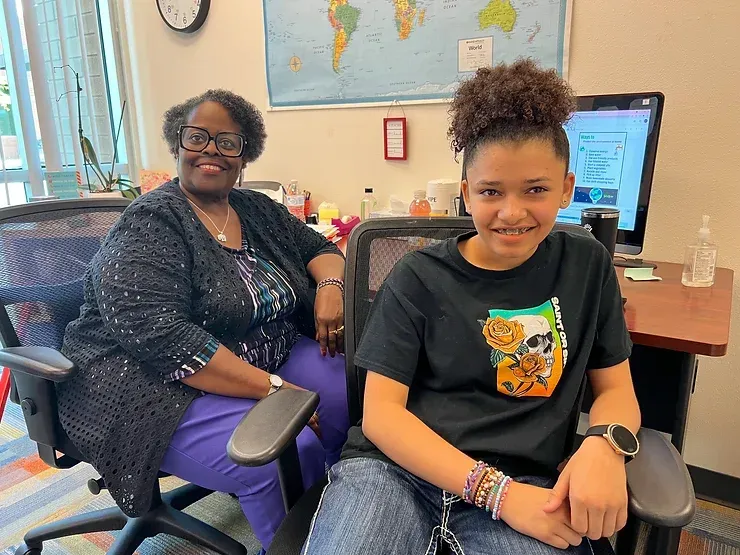
Engagement
What happens when students really feel known, heard, and understood? Their confidence soars, and they believe they have something unique and important to contribute to their studies and the world around them. In other words, thoughtful student care leads to meaningful academic engagement.
Of course, meaningful engagement also requires a solid, enlightening, and challenging curriculum, along with expert teaching. Brightmont boasts both. Brightmont’s curriculum is comprehensive not only in introducing facts, concepts, and sophisticated readings, but also in guiding students to apply the material and form well-conceived responses and opinions. And, because of the one-to-one model, Brightmont teachers can customize—really customize—content to make it more relevant and relatable for each and every student.
In 2020, Dr. Amy Berry, a prominent educational researcher out of Australia, presented the “Continuum of Engagement.” After conducting many in-depth conversations with teachers about classroom engagement, Dr. Berry arrived at precise terms for what it is and what it isn’t. So how is “engagement” now defined in educational circles? Though many schools applaud “passive participation” as engagement, this is not the case with Brightmont. The school always works toward having students who “actively invest” and “actively drive” their academic progress and success. Really, why would anyone accept anything less?
Communication
No matter the concern—engagement, overall academic performance, etc.—communication is critical in assessing and meeting student needs. Communication is one of Brightmont’s core values and involves three key practices:
- Engaging in proactive, honest, and regular dialogue.
- Being active listeners.
- Respecting the opinions of others.
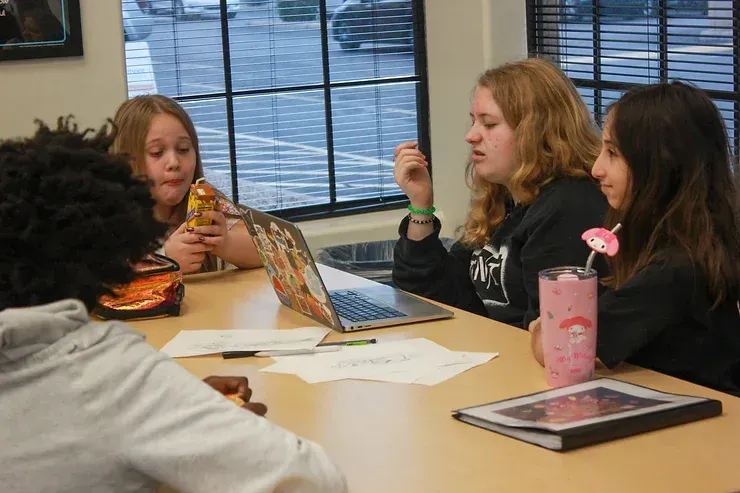
In addition to these principles being followed in the classroom, good communication is Brightmont’s goal with all key players in a student’s life. Whether with former schools to therapists, to parents, of course, Brightmont is committed to initiating and participating in conversations that arrive at the best holistic plan for a student and support their ongoing success.
Mastery
A big word at Brightmont is “mastery.” It is essentially the result of everything above: a quality school environment, thoughtful student care, meaningful engagement, and good communication.
Again, one-to-one education means keeping tabs on a student’s progress every step of the way. There’s no slipping through the cracks, no bypassing any key concepts, when a teacher is focused on one student and one student only. What naturally transpires then is a wrestling with the curriculum that leads to authentic internalization and personal application. What naturally transpires are outcomes that demonstrate a student’s robust knowledge and understanding. What naturally transpires is, in a word, mastery.
But, of course, mastery doesn’t mark an end in itself; instead, it provides the foundation for productive, meaningful, and confident lives as middle and high school students eventually enter adulthood. One-to-one learning gets them there as nothing else can, especially when all of the most important benefits are realized at the same time and in the same place. This is literally the pride and joy of Brightmont Academy.

More Blog Posts + News

